

Vaishali, Bihar, is a place of immense historical significance, and among its many treasures stands the Ashoka Pillar. Erected by Emperor Ashoka in the 3rd century BCE, this pillar serves as a timeless symbol of India's rich Buddhist heritage and ancient political power. Visiting the Ashoka Pillar is not just a journey into history but a step into the cultural and spiritual evolution of India. Whether you are a history enthusiast, a spiritual seeker, or simply a curious traveler, this ancient site has something profound to offer.
Vaishali is known to be the world’s first republic, where citizens chose their leaders. As an important hub for both Jainism and Buddhism, the city was once the capital of the Vajjian Confederacy and played a significant role in India's spiritual, cultural, and political development. It was here that Lord Buddha delivered his last sermon and announced his Parinirvana (final departure).
The Ashoka Pillar at Vaishali was erected to commemorate the Buddha's connection with this ancient city, making it a pilgrimage site for Buddhists across the globe.
Timings: 6 AM - 6 PM
Entry: Rs. 5 for Indians & Rs.100 for Foreigners

| By Air: The nearest airport is Jay Prakash Narayan International Airport in Patna, around 70 kilometers from Vaishali. Regular flights connect Patna to major Indian cities like Delhi, Mumbai, and Kolkata. |
| By Rail: The nearest railway station is at Hajipur, about 35 kilometers from Vaishali. You can hire a taxi or take a local bus from there to reach the pillar. |
| By Road: Vaishali is well connected to Patna, Muzaffarpur, and other major cities by a network of state and national highways. Buses and taxis are available for easy access. |

The Ashoka Pillar reflects more than just the historical spread of Buddhism. It symbolizes Ashoka’s transformation from a ruthless conqueror to a benevolent ruler who embraced the principles of dharma. After witnessing the devastation caused by his own conquest of Kalinga, Ashoka renounced violence and adopted the Buddhist path. His pillars, erected across the empire, stand as timeless reminders of his reign of peace, tolerance, and welfare for all living beings. Ashoka's legacy continues to inspire modern ideals of governance, ethics, and religious tolerance, and visiting the pillar allows one to reflect on how those values shaped India and its philosophy.
A trip to the Ashoka Pillar would be incomplete without visiting other nearby historical sites that further enrich the experience.
Relic Stupa: Situated near the Ashoka Pillar, this is where one of Buddha's ashes relics was enshrined. The stupa was constructed by the Lichchavis to honor the Buddha after his death.
Ananda Stupa: This stupa marks the spot where Buddha delivered his last sermon. Pilgrims often visit both the Ashoka Pillar and the Ananda Stupa in a single trip for spiritual reflection.
Kundalpur: Located just a few kilometers away, Kundalpur is the birthplace of Lord Mahavira, the 24th Tirthankara of Jainism. It is a place of deep reverence for Jain pilgrims.
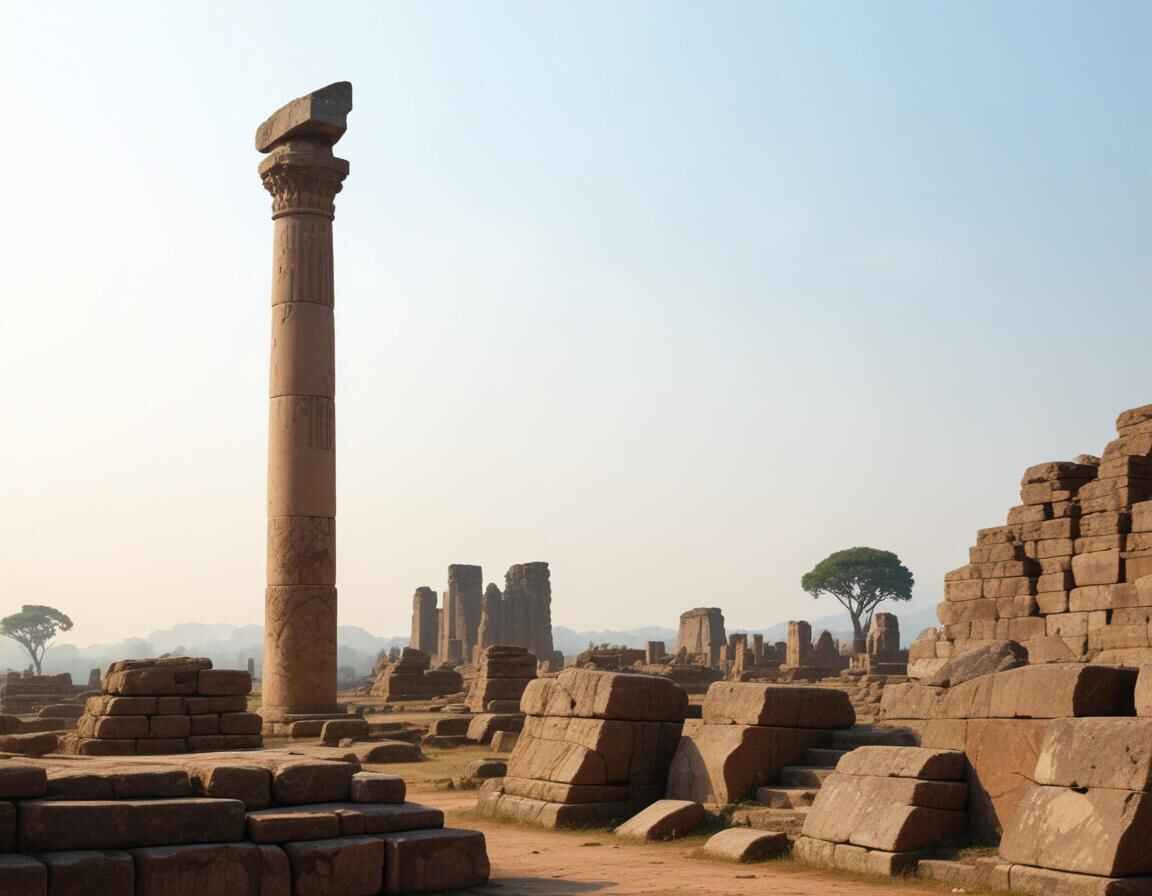


"Discover serenity at ISKCON Patna – a spiritual haven where devotion meets peace in the heart of Bihar's capital."
For more details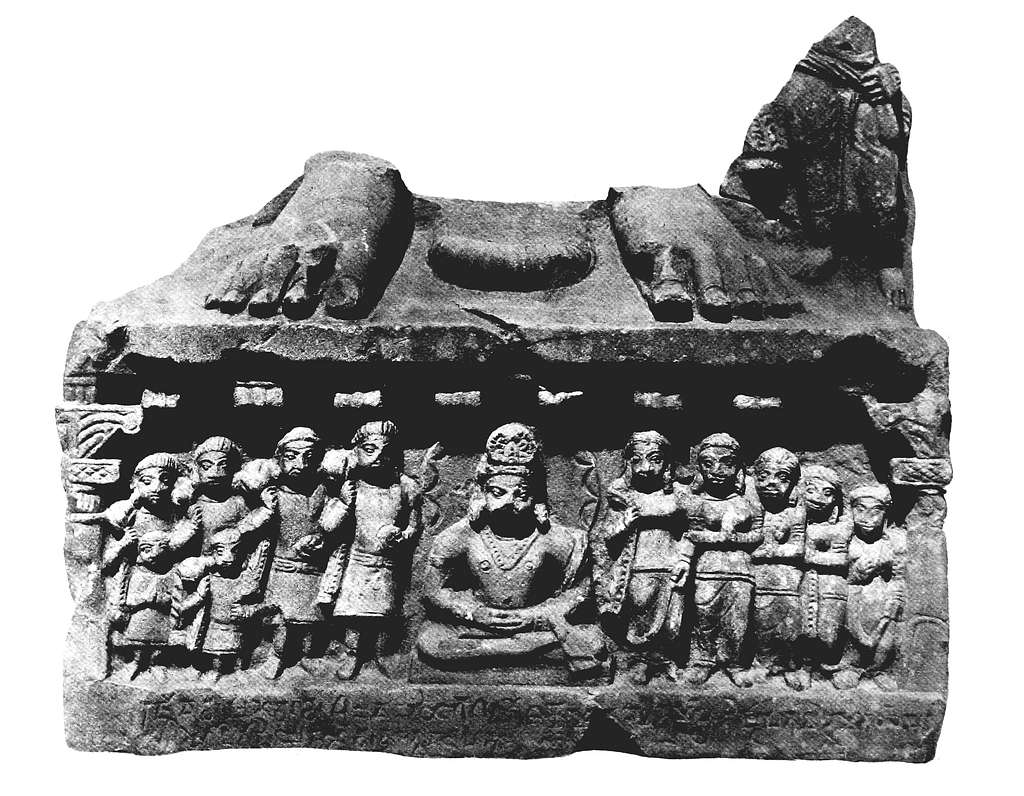
"Explore Patna Museum – a journey through Bihar's rich heritage, ancient artifacts, and timeless treasures of India's glorious past."
For more details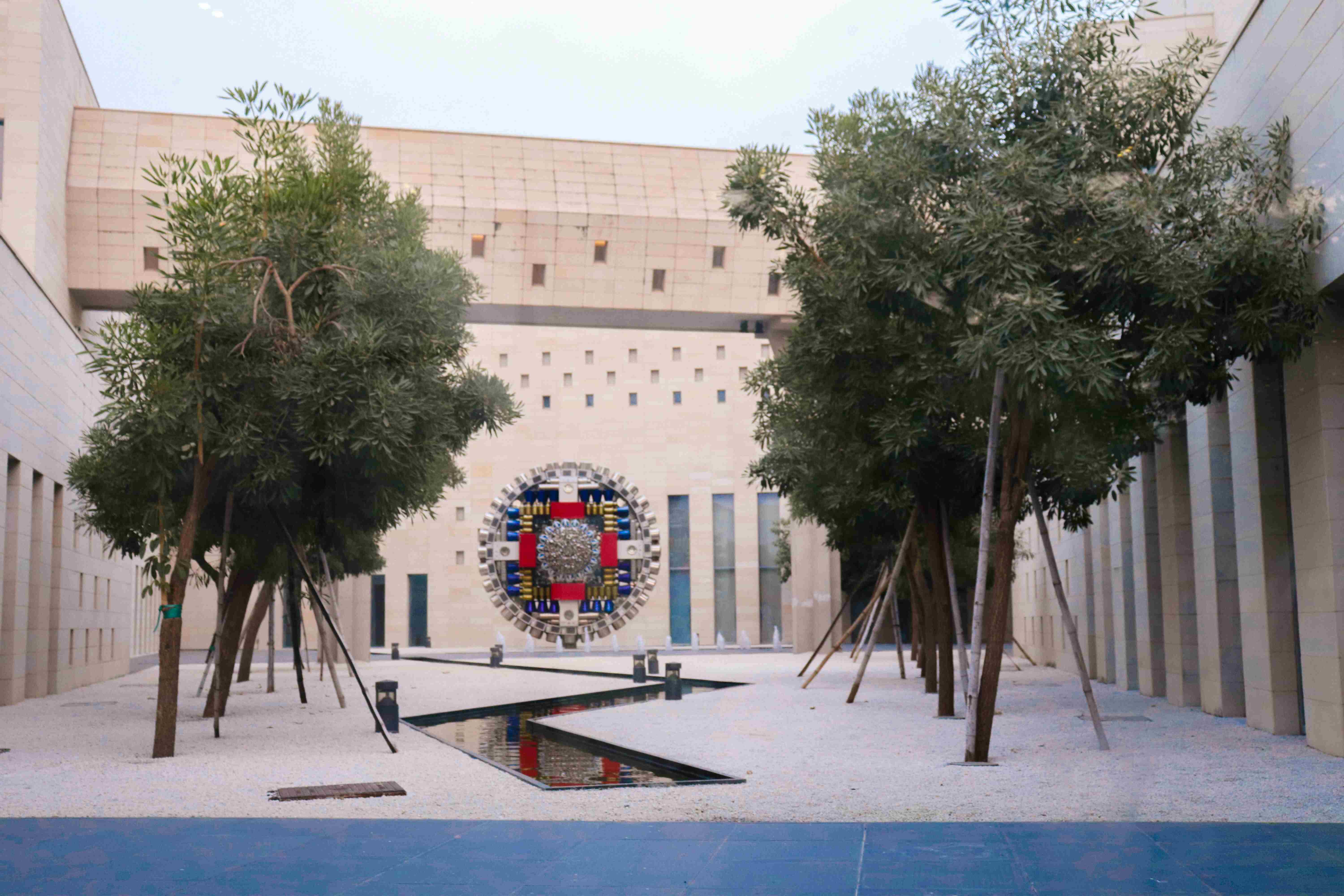
"Discover Bihar Museum – where history, art, and culture come alive, showcasing the vibrant legacy of Bihar’s ancient past."
For more details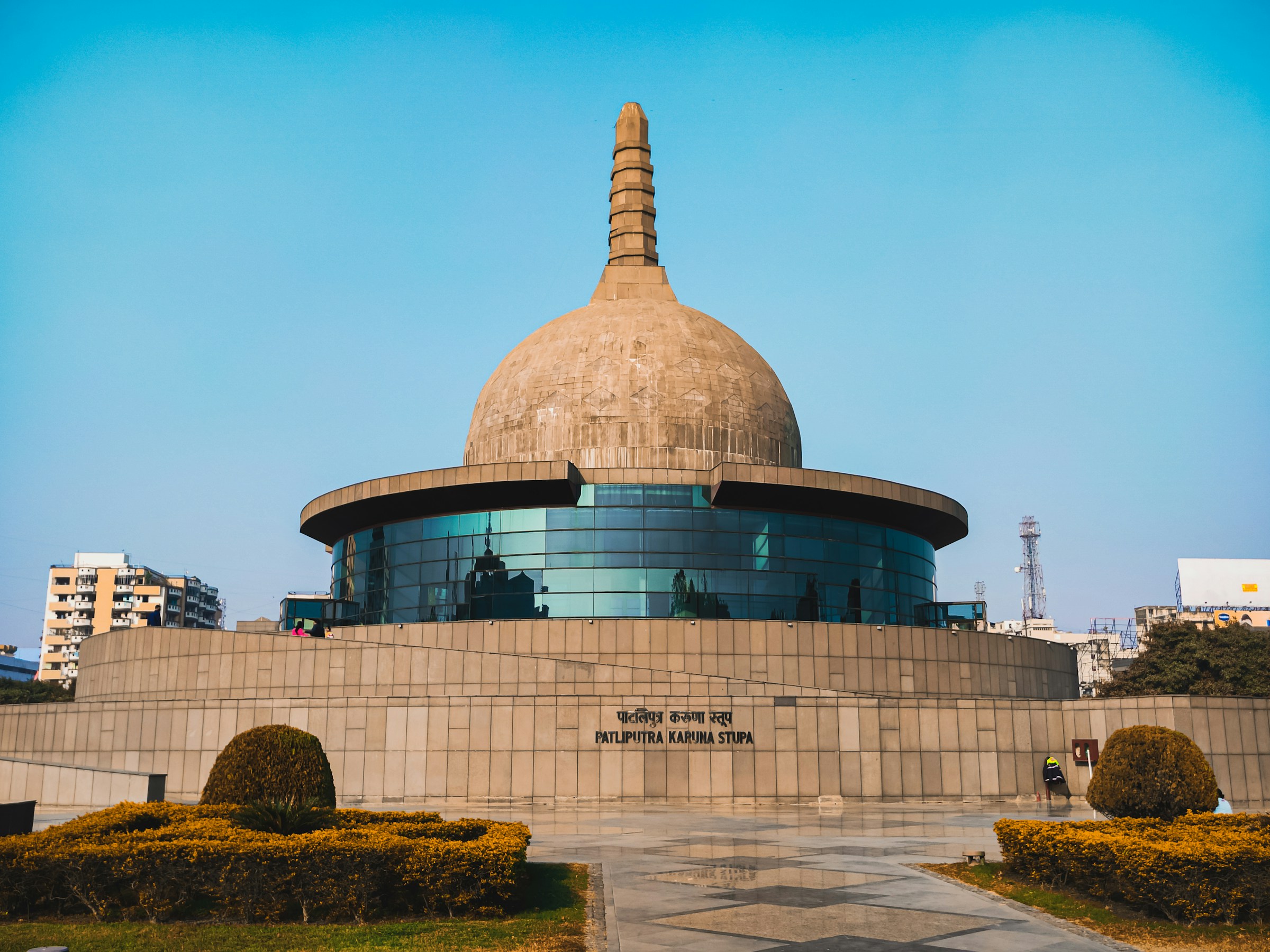
"Experience tranquility at Buddha Park – a serene escape in Patna, where peace and spirituality blend with natural beauty."
For more details
"Explore Patna Zoo – a lush green sanctuary where wildlife, nature, and adventure come together for a perfect family day out."
For more details
"Visit Vishnupad Temple – a sacred pilgrimage where devotion meets history, nestled in the spiritual heart of Gaya."
For more details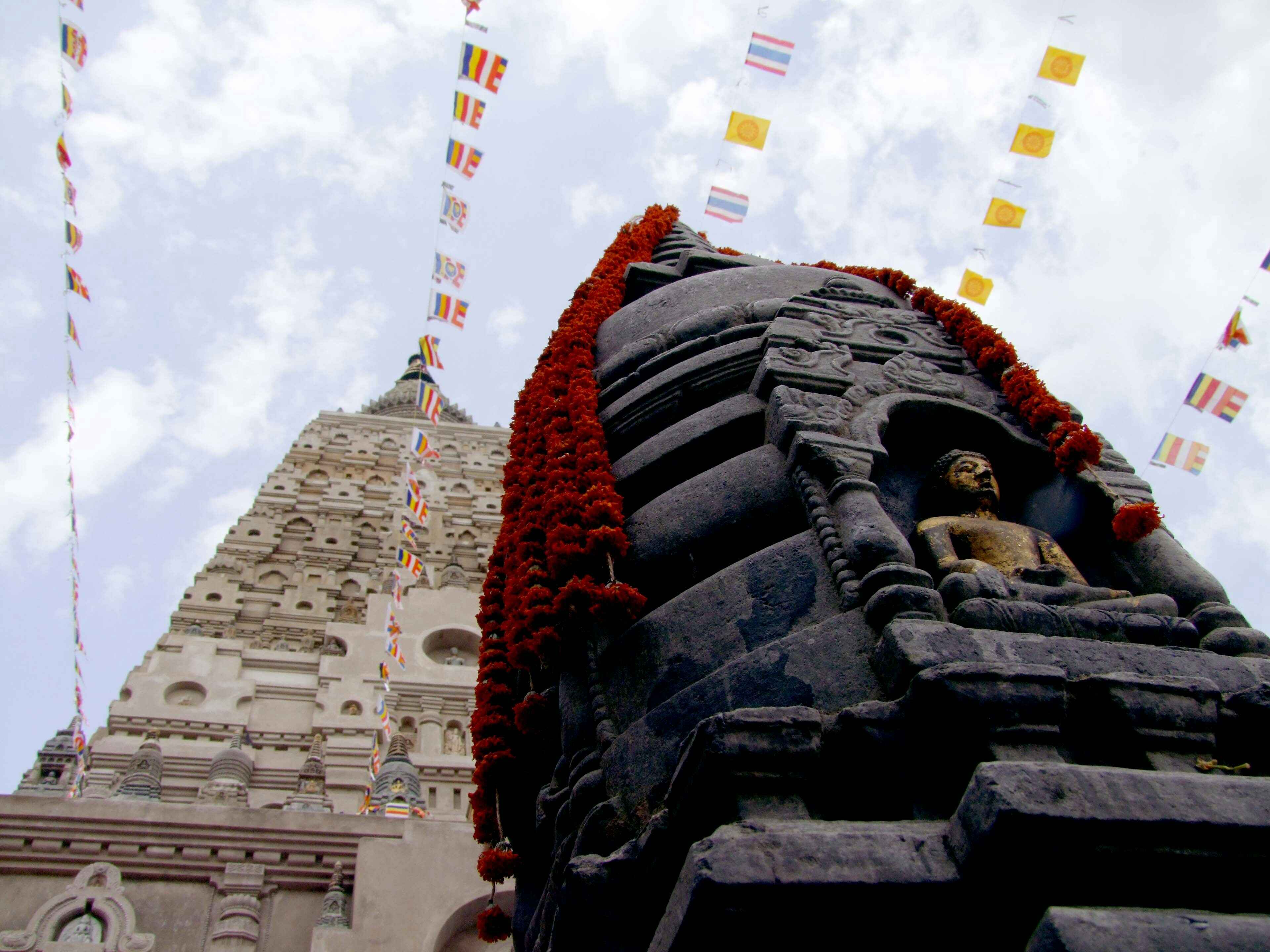
"Visit Mahabodhi Temple – a sacred pilgrimage where devotion meets history, nestled in the spiritual heart of Bodh Gaya."
For more details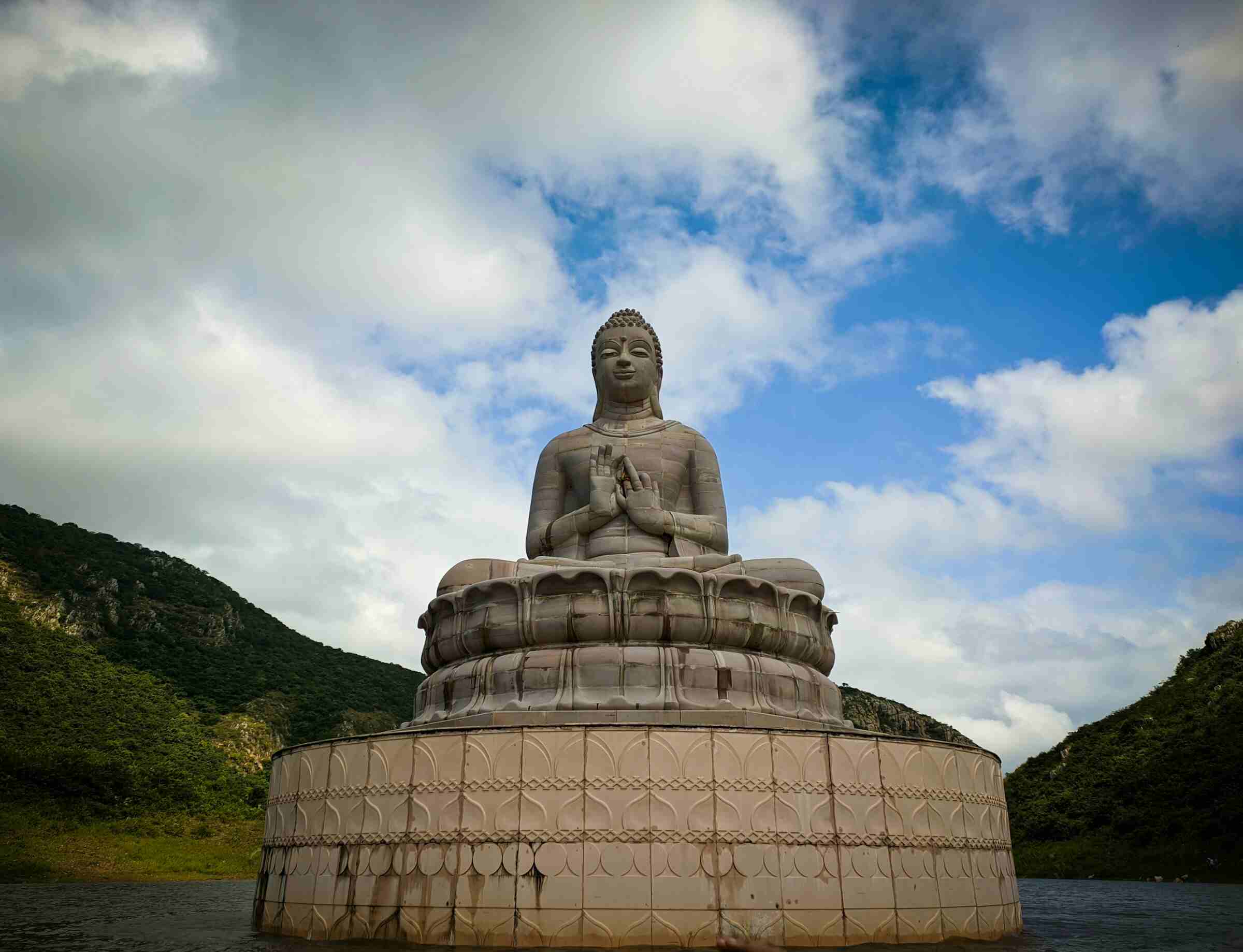
"Discover Ghora Katora – a peaceful lakeside retreat near Rajgir, where nature’s beauty and serenity offer a perfect escape."
For more details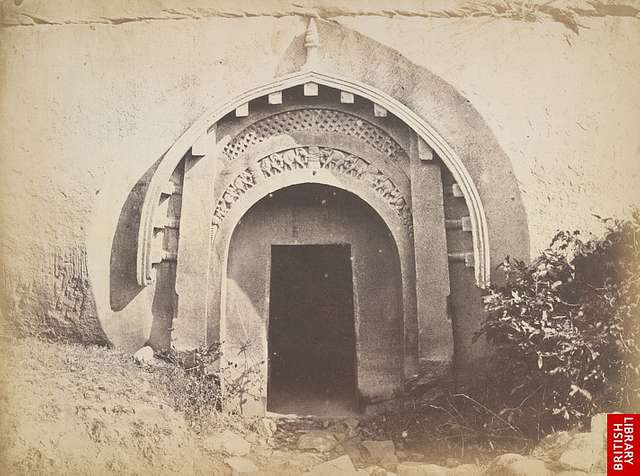
"Uncover the mystery of Barabar Caves – India’s oldest rock-cut caves, steeped in history and ancient Buddhist heritage."
For more details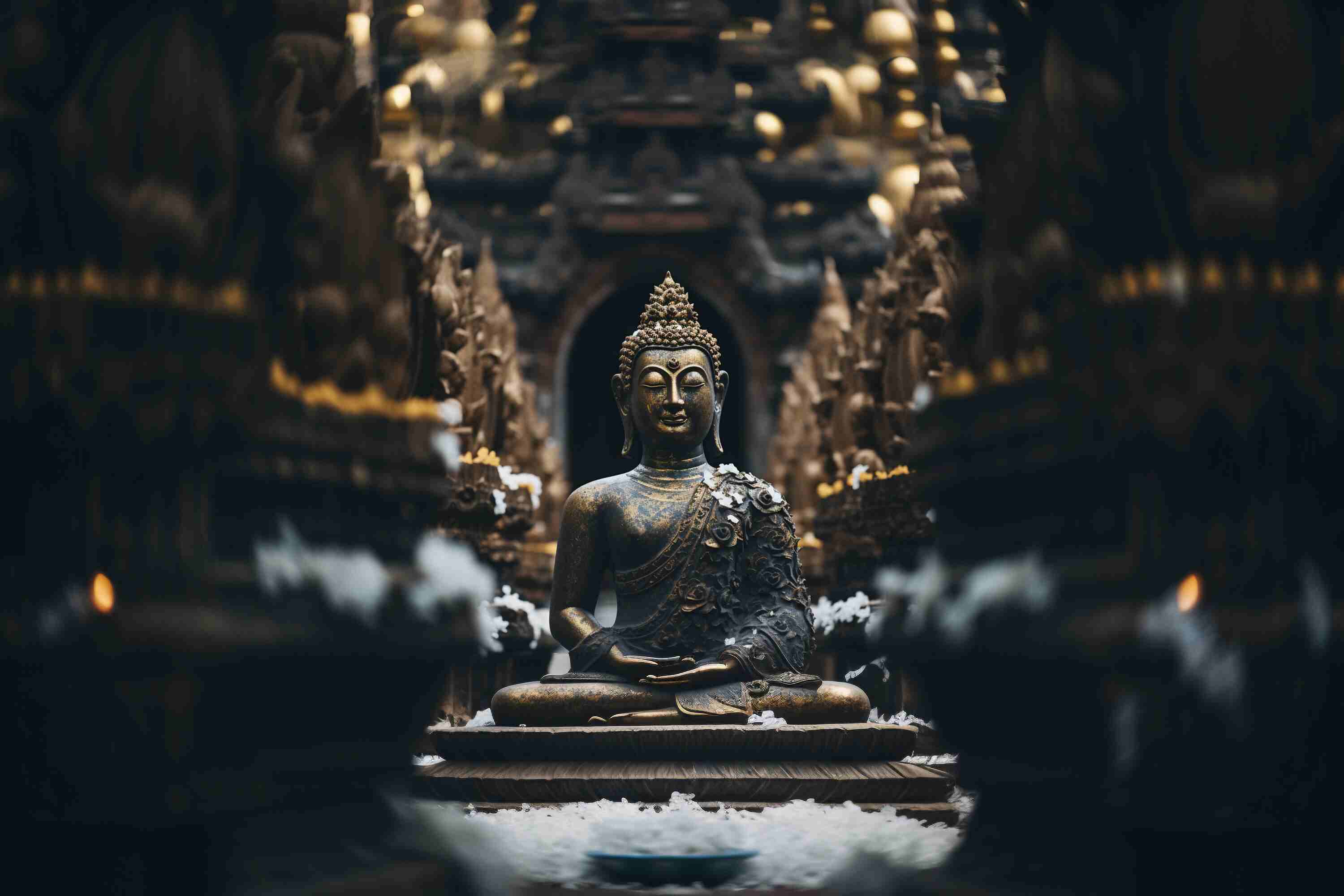
"Explore Dungeshwari Cave Temples – sacred ancient caves where Lord Buddha meditated, offering spiritual peace and historical significance near Bodh Gaya."
For more details
"Embark on an adventure at Rajgir Safari – a thrilling wildlife experience amidst the natural beauty and hills of Rajgir."
For more details